Select an Orthopaedic Specialty and Learn More
Use our specialty filter and search function to find information about specific orthopaedic conditions, treatments, anatomy, and more, quickly and easily.
GET THE HURT! APP FOR FREE INJURY ADVICE IN MINUTES
Shoreline Orthopaedics and the HURT! app have partnered to give you virtual access to a network of orthopaedic specialists, ready to offer guidance for injuries and ongoing bone or joint problems, 24/7/365.
Browse Specialties
-
- Minimally Invasive Surgery (Arthroscopy)
Arthroscopy (Minimally Invasive Surgery)
Arthroscopy is a minimally invasive surgical procedure used by orthopaedic surgeons to visualize, diagnose, and treat problems inside the joint. Because it requires only tiny incisions, arthroscopy can be performed without a major, invasive operation and many procedures can be done on an outpatient basis.
More Info -
- Fractures, Sprains & Strains
- Knee
- Ligament Disorders
- Sports Medicine
Combined Knee Ligament Injuries
Because the knee joint relies just on ligaments and surrounding muscles for stability, it is easily injured. Direct contact to the knee or hard muscle contraction, such as changing direction rapidly while running, can injure a knee ligament. It is possible to injure two or more ligaments at the same time. Multiple injuries can have serious complications, such as disrupting blood supply to the leg or affecting nerves that supply the limb’s muscles.
More Info -
- Muscle Disorders
- Sports Medicine
Contusions or Bruises
Muscle contusions, or bruises, are second only to strains as a leading cause of sports injuries. Most contusions are minor and heal quickly, without requiring the athlete to be removed from the game. However, severe contusions can cause deep tissue damage, which may lead to complications and/or keep the athlete out of sports for months.
More Info -
- Joint Disorders
- Knee
- Pediatric Injuries
- Sports Medicine
Jumper’s Knee
Repetitive contraction of the quadriceps muscles in the thigh can stress the patellar tendon where it attaches to the kneecap, causing inflammation and tissue damage (patellar tendinitis). For a child, this repetitive stress on the tendon can irritate and injure the growth plate, resulting in a condition referred to as Sinding-Larsen-Johansson disease.
More Info -
- Fractures, Sprains & Strains
- Neck and Back (Spine)
- Physical Medicine & Rehabilitation (PM&R)
Osteoporosis & Spinal Fractures
When too much pressure is placed on a vertebra weakened by osteoporosis, the patient may suffer a vertebral compression fracture. Fractures caused by osteoporosis often occur in the spine. Vertebrae weakened by osteoporosis are at high risk for fracture.
More Info -
- Physical Medicine & Rehabilitation (PM&R)
PM&R or Physiatry Overview
Physical medicine and rehabilitation (PM&R), or physiatry, is one of 24 medical specialties certified by the American Board of Medical Specialties. This branch of medicine emphasizes the prevention, diagnosis and nonsurgical treatment of disorders related to nerves, muscles and bones that affect movement.
More Info -
- Arthritis
- Physical Medicine & Rehabilitation (PM&R)
- Shoulder
Shoulder Arthritis
Over time, the shoulder joint frequently becomes arthritic, with bone spur formation and loss of cartilage between the bones. This can cause pain in the top of the shoulder with overhead movement or reaching across the body. It can also cause tenderness or pain with pressure, such as from a back pack or bra strap.
More Info -
- Elbow
- Joint Disorders
- Sports Medicine
Tennis Elbow (Lateral Epicondylitis)
Lateral epicondylitis, more commonly known as tennis elbow, is a painful condition that occurs when overuse results in inflammation of the tendons that join the forearm muscles on the outside of the elbow. Recent studies show that tennis elbow is often due to damage to the extensor carpi radialis brevis (ECRB), a specific forearm muscle that helps stabilize the wrist when the elbow is straight.
More Info

